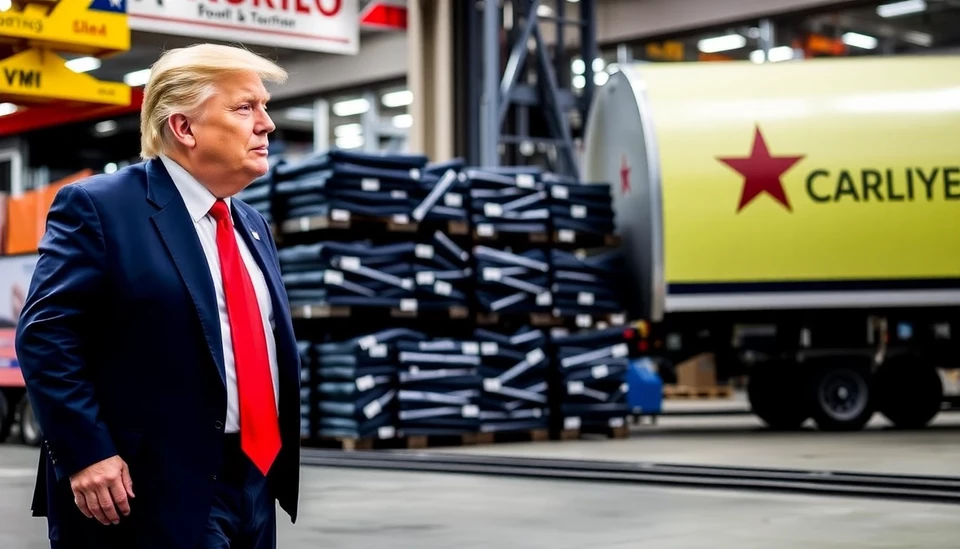
Former President Donald Trump has reignited the trade debate in the United States with his recent proposition of implementing reciprocal tariffs. These tariffs aim to counteract what he refers to as unfair trade practices by other countries, with the goal of creating a more balanced playing field for American goods and services. The concept of reciprocal tariffs is not new; however, Trump's renewed focus on them is likely to have significant ramifications for international trade dynamics.
Reciprocal tariffs essentially mean that if a country imposes tariffs on U.S. goods, the U.S. will respond by imposing similar taxes on their goods. This strategy is intended to discourage foreign nations from implementing tariffs that negatively impact U.S. businesses and to protect the American workforce. Trump has expressed that the primary countries targeted for these tariffs would include China, the European Union, and various nations in South America.
Critics of this approach argue that while it may provide short-term benefits to certain sectors of the American economy, it could lead to increased prices for consumers and potential retaliation from other countries. This could spiral into a trade war, ultimately affecting global supply chains and economic stability. Trump’s supporters, however, claim that his tough stance on trade will protect jobs and shore up local economies by encouraging consumers to buy domestically produced goods.
One of the most concerning aspects of implementing reciprocal tariffs is their potential impact on overall U.S. relations with other nations. Trade has long been used as a tool for diplomacy, and imposing these tariffs might disrupt long-standing partnerships. Countries that feel unfairly treated could respond by reducing cooperation in areas such as defense, environmental standards, and security, which could have far-reaching consequences for America’s global interests.
Another critical consideration is the industries that will be most affected. Sectors such as agriculture, manufacturing, and technology could see significant price increases or reduced market access. Farmers, for instance, have already expressed worry that retaliatory tariffs from nations like China could lead to decreased exports and financial struggles for American agriculture.
Moreover, small businesses, often championed by Trump himself, might bear the brunt of these changes. Many of these enterprises import goods from overseas and could face increased costs, which may lead them to reduce workforce numbers or even close their doors if unable to absorb these expenses. It is essential to evaluate how these proposed tariffs will impact consumers at the checkout line and the choices they will face.
As discussions surrounding these tariffs continue, industry leaders, economists, and policymakers will be monitoring the situation closely. The outcome of Trump’s initiative could determine the path of U.S. trade policy for years to come, including how future administrations might approach tariffs and international relations.
In summary, Trump’s suggestion to implement reciprocal tariffs has ignited a heated debate on trade policy in America. With a myriad of potential implications for consumers, industries, and international relations, the coming months will be crucial for understanding the full scope of this issue.
Stay updated as this story unfolds. The ramifications of these tariffs could change the landscape of American trade for years down the line.
#TrumpTariffs #TradeWar #ReciprocalTariffs #USChinaTrade #GlobalEconomy #AmericanJobs #TariffImpact #TradePolicy
Author: Laura Mitchell




